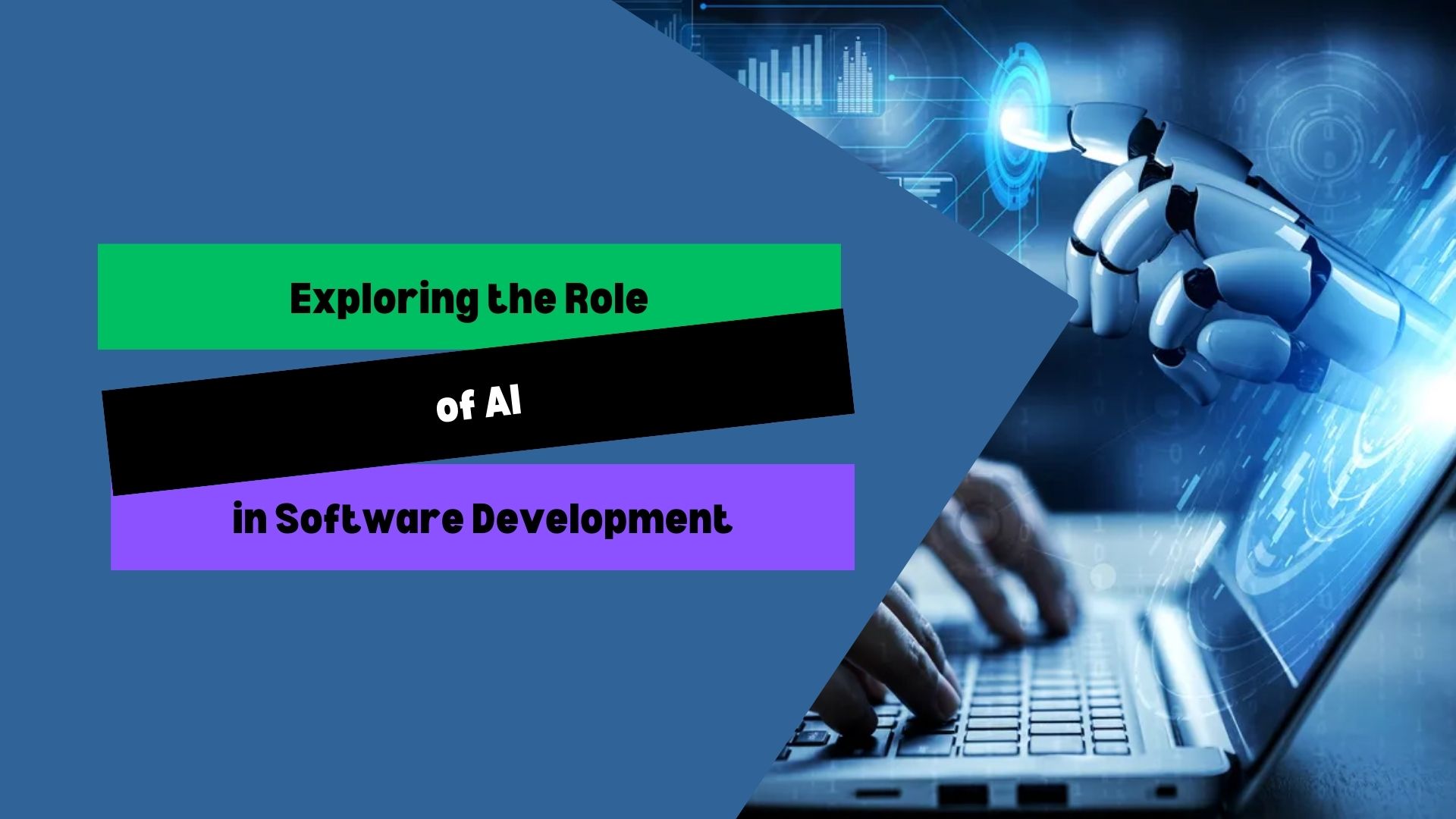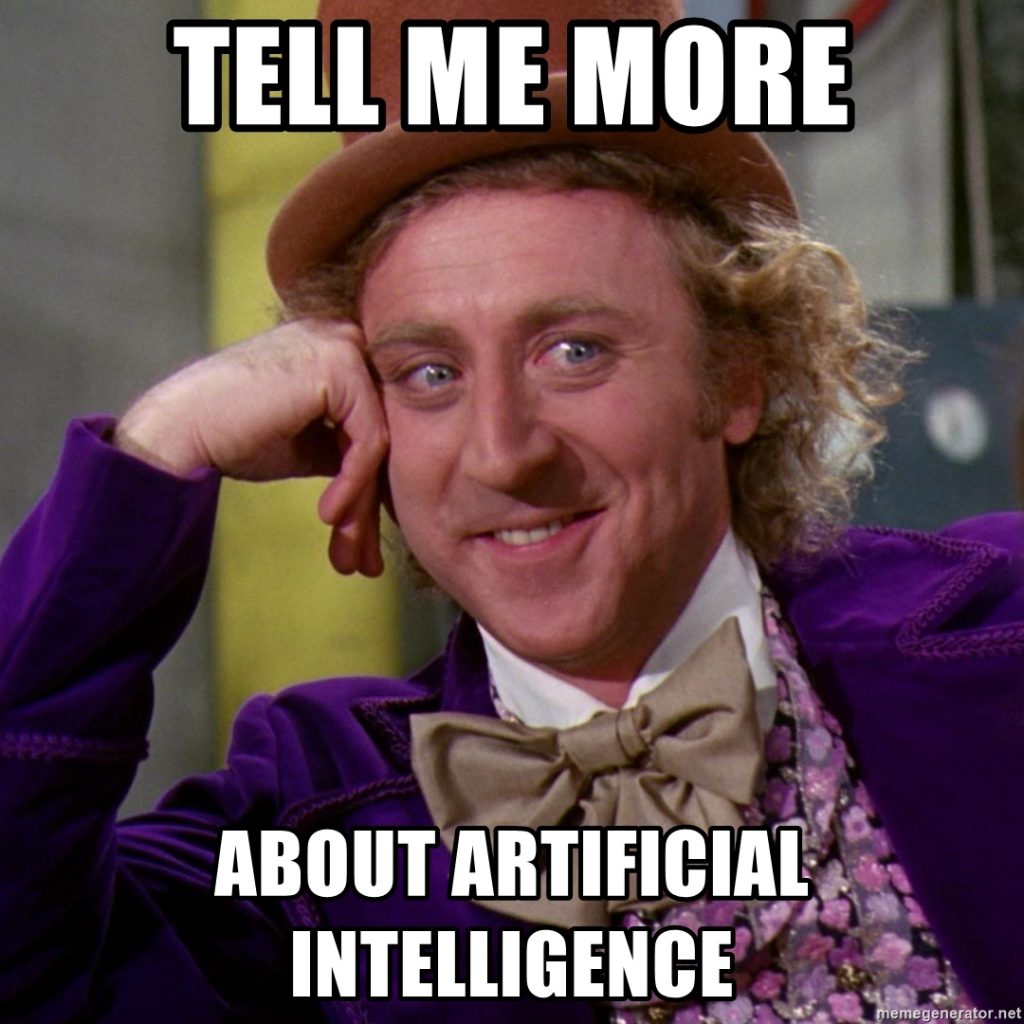The Future is Now - Exploring the Role of AI in Software Development
Artificial Intelligence (AI) is revolutionizing the landscape of software development, paving the way for unprecedented advancements and innovations. In this era where the boundaries between science fiction and reality blur, the role of AI in shaping software development processes is becoming increasingly profound. This article delves into the intricate relationship between AI and software development, exploring the transformative impact of AI technologies, the ethical considerations that arise, the array of AI-powered tools available to developers, as well as the future trends and challenges that lie ahead. Join us on a journey through the realm where the future is now, as we unravel the possibilities and implications of AI in software development.
Introduction to AI in Software Development
Artificial Intelligence (AI) and software development may sound like a sci-fi mashup, but in reality, they’re like the tech power duo taking the industry by storm. Let’s dive into how these two worlds collide and create magic.
Defining Artificial Intelligence in Software Development
So, what’s the deal with AI in software development? Simply put, AI is like having a super-smart digital assistant that can learn, adapt, and make decisions on its own. In this context, AI helps streamline processes, crunch data faster than a speeding bullet, and generally make developers’ lives a tad easier.
Historical Context of AI in Software Engineering
The journey of AI in software engineering is like a rollercoaster ride – full of ups, downs, and loop-de-loops. From early experiments in the 1950s to today’s sophisticated algorithms, AI has come a long way in shaping how software is developed, tested, and maintained.
Advancements in AI Technologies
When it comes to AI, the future is happening right now. Let’s break down some of the key players in the AI tech game that are revolutionizing the software development landscape.
Machine Learning and Deep Learning
Think of machine learning and deep learning as the dynamic duo of AI – they power everything from predictive analytics to self-driving cars. These technologies allow software to analyze data, detect patterns, and make decisions without explicit programming. It’s like having a virtual apprentice that learns on the job.
Machine Learning is concerened with developement and study of statistical algorithms that can learn form data and generalize to unseen data, thus perform tasks without explicit instructions.
Deep Learning is a neural network with multiple layers that simulates the complex decisions-making power of the human brain
Natural Language Processing (NLP) and Computer Vision
NLP and computer vision are AI’s way of saying, “I can see and understand you.” NLP helps software understand and generate human language, while computer vision enables machines to interpret and process visual information. Together, they’re making software more intuitive and user-friendly than ever before.
Impact of AI on Software Development Processes
AI isn’t just a cool tech trend – it’s a game-changer for how software is developed and maintained. Let’s explore how AI is shaking things up in the world of coding.
Enhancing Efficiency and Productivity
With AI on board, developers can bid farewell to tedious, repetitive tasks and hello to a more streamlined workflow. AI automates processes, predicts potential issues, and helps teams work smarter, not harder.
Improving Code Quality and Bug Detection
Forget about scouring through lines of code for that one pesky bug – AI has your back. By analyzing code patterns and data, AI can pinpoint errors, suggest improvements, and ultimately help developers write cleaner, more reliable code.
Continuous Integration and Deployment (CI/CD)
AI streamlines CI/CD pipelines by optimizing build processes, predicting deployment risks, and automatically rolling back changes when issues arise. This accelerates the delivery of new features and updates while maintaining high standards of quality and reliability.
Code Generation and Auto-Completion
AI-powered tools can generate code snippets based on requirements, reducing development time and minimizing the need for manual coding. These tools also provide intelligent auto-completion suggestions, speeding up coding while ensuring consistency and adherence to best practices.
Predictive Maintenance
AI algorithms can analyze historical data and usage patterns to predict when software components or systems are likely to fail. This proactive approach to maintenance helps prevent downtime, optimize resource allocation, and improve overall system reliability.
Automated Documentation
AI tools can automatically generate documentation from code, comments, and usage patterns. By keeping documentation up-to-date and comprehensive, developers can improve code readability, maintainability, and knowledge transfer within the team.
Automated Testing and Debugging Tools
Testing software just got a whole lot easier, thanks to AI-powered testing and debugging tools. These tools can quickly identify bugs, run tests autonomously, and ensure that software is ship-shape before deployment.
Collaborative Development Environments
Who says coding has to be a solo act? Collaborative development environments powered by AI bring developers together, allowing real-time collaboration, code reviews, and seamless project management. It’s like a virtual coding party where everyone’s invited.
Ethical Considerations in AI-Driven Software Development
When it comes to AI in software development, ethical considerations are as crucial as choosing the right playlist for a road trip. Data privacy and security concerns are the main acts in this ethical drama. Imagine your data being treated like a poorly guarded treasure chest - no thanks!
Bias and Fairness - AI systems can inherit biases from training data, leading to discriminatory outcomes. Developers must strive to mitigate bias by ensuring diverse and representative datasets, implementing fairness-aware algorithms, and conducting regular audits to detect and rectify biases in AI models. Algorithmic bias and fairness are like the bouncers at a club, deciding who gets in and who gets left out. Making sure AI plays fair and square is a challenge that needs serious attention.
Dual-Use and Misuse - AI technologies can be deployed for both beneficial and harmful purposes, raising concerns about their dual-use potential and misuse by malicious actors. Developers should be mindful of the ethical implications of their work and consider the potential downstream consequences of AI-driven applications, taking proactive measures to prevent misuse and promote responsible use of AI technologies.
Safety and Reliability - AI systems deployed in safety-critical domains, such as healthcare, autonomous vehicles, and aviation, must prioritize safety and reliability. Developers should conduct rigorous testing, validation, and risk assessment procedures to identify and mitigate potential safety hazards and ensure that AI systems operate safely and reliably under various conditions.
Future Trends and Opportunities in AI for Developers
Picture this - AI assistants in the development workflow, like a trusty sidekick helping you fight bugs and errors. It’s like having your own personal Alfred to your Batman. Personalized developer experiences with AI sound as exciting as a customized pizza topping. With AI tailoring its support to your needs, coding might just become your favorite pastime.
AI-driven Automation: AI technologies are revolutionizing automation across various industries, from manufacturing and logistics to customer service and healthcare. Developers can leverage AI to streamline processes, optimize resource allocation, and improve efficiency across a wide range of applications.
Conversational AI and Natural Language Processing (NLP): As voice assistants, chatbots, and virtual agents become more sophisticated, there’s a growing demand for developers skilled in NLP and conversational AI. Opportunities abound in building intelligent interfaces that can understand and respond to human language in a natural and context-aware manner.
AI for Healthcare: AI technologies hold tremendous promise for revolutionizing healthcare delivery, from diagnosis and treatment optimization to personalized medicine and remote patient monitoring. Developers can contribute to this field by building AI-powered tools for medical imaging analysis, drug discovery, predictive analytics, and patient care management.
AI-powered Cybersecurity: With the growing sophistication of cyber threats, there’s a rising demand for AI-driven cybersecurity solutions capable of detecting and mitigating threats in real-time. Developers can leverage AI techniques such as anomaly detection, predictive analytics, and threat intelligence to enhance the resilience of digital systems and networks.
Explainable AI (XAI): As AI systems become more prevalent in critical domains such as healthcare and finance, there’s a growing need for transparency and interpretability. XAI techniques aim to make AI models more understandable to humans, enabling developers to build trust and accountability into their systems.
Challenges and Limitations of AI Integration in Software Development
The complexity of AI implementation in software development is like trying to assemble a table from a furniture store without the instructions. It’s a puzzle that requires patience and skill. The skills gap and training needs for developers diving into AI integration are as real as the struggle of finding matching socks in the laundry. Bridging this gap is essential for developers to ride the AI wave like pros.
Data Quality and Quantity: AI algorithms require vast amounts of high-quality data for training and validation. Obtaining labeled data can be expensive and time-consuming. Additionally, ensuring data privacy and security adds another layer of complexity.
Interpretability and Explainability: Many AI algorithms, especially deep learning models, are often viewed as “black boxes” because they lack interpretability. Understanding why a model makes a particular decision is crucial for trust and regulatory compliance, especially in sectors like healthcare and finance.
Bias and Fairness: AI models can inadvertently perpetuate biases present in the data they are trained on. This can lead to unfair or discriminatory outcomes, particularly in sensitive domains like hiring or lending. Addressing bias requires careful data curation, algorithmic transparency, and ongoing monitoring.
Scalability and Performance: Training complex AI models requires significant computational resources, which can be costly and challenging to scale. Optimizing algorithms for efficiency and performance is crucial, especially for real-time applications with strict latency requirements.
Resource Constraints: Integrating AI into software may require specialized skills and resources that not all organizations possess. Small businesses or startups with limited budgets and expertise may struggle to leverage AI effectively.
As we stand at the cusp of a new era in software development, fueled by the capabilities of Artificial Intelligence, it is evident that the future is now. Embracing AI in software development not only promises enhanced efficiency and innovation but also beckons us to navigate the ethical considerations and challenges that come with it. By staying attuned to the evolving landscape of AI technologies and leveraging them judiciously, developers can chart a course towards a future where the possibilities are limitless. The journey ahead may be complex, but with a blend of creativity, adaptability, and ethical mindfulness, the fusion of AI and software development holds the key to unlocking unprecedented opportunities and shaping a brighter tomorrow.



